💪 Support independent web, support us:
There are great many things to do in Japan, and so are in Kumano.
Nestled in the heart of Japan’s mystical and ancient land, Kumano beckons you with its secrets of spirituality, natural beauty, and cultural richness.
Whether you’re a pilgrim seeking spiritual enlightenment, an adventure junkie looking for a backpacking challenge, or an admirer of art and architecture, Kumano offers a plethora of experiences that will leave you in awe.
Immerse yourself in the tranquillity of sacred forests, witness the grandeur of majestic waterfalls, and explore the hidden wonders of ancient shrines – Kumano has something in store for everyone.
Without further ado listed below are some of the most fun things to do in Kumano:
1. Nachi Falls
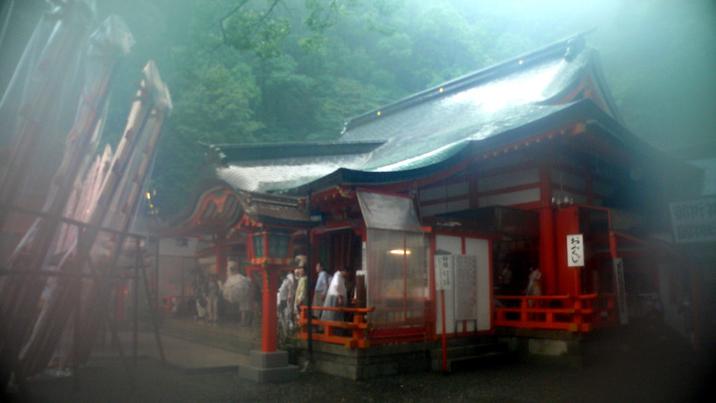
A spectacular waterfall located in Kumano, Japan.
What to see or do: Admire the beauty of the waterfall and take in the stunning surrounding scenery. Visitors can also explore the Nachi Taisha Shrine, one of the most important shrines in Japan.
Don’t miss: The view from the Nachi Shrine pagoda, which overlooks the waterfall and provides a breathtaking panoramic view of the area.
Insider travel tips: Wear comfortable shoes as the area around the falls can be rocky and uneven. Consider visiting during the fall or winter months for a less crowded experience.
Be sure to try the local specialty, “kumano-mizu” which is fresh, mineral-rich water from the falls.
2. Kumano Hongu Taisha
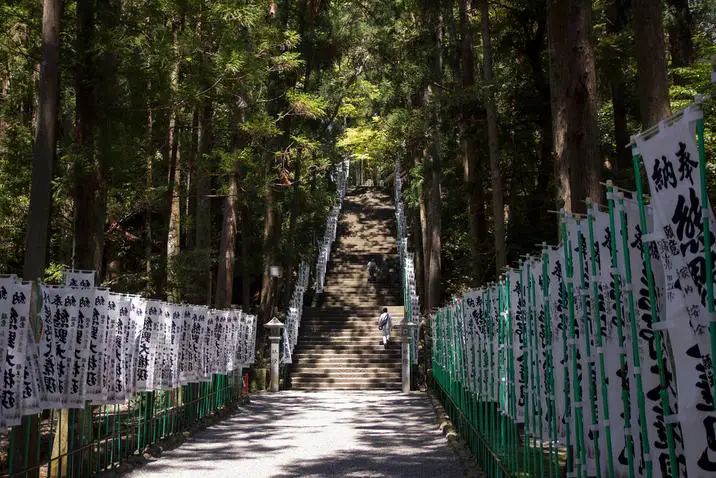
Kumano Hongu Taisha is a sacred Shinto shrine located in the mountainous Kii Peninsula in Japan.
What to see or do: Visitors can admire the impressive architectural design of the main hall or “honden,” which was reconstructed in 1804. The shrine is surrounded by towering trees, pristine rivers, and tranquil forests, making it a perfect place for nature lovers.
Don’t miss: The giant torii gate standing in the river is one of the iconic landmarks of Kumano Hongu Taisha. Also, don’t forget to see the “Oyunohara,” a vast sandbank where the shrine was originally located.
Insider travel tips: Take a stroll across the suspension bridge over the Kumano River for a unique experience.
Avoid peak season if you want to avoid crowds, and consider taking the Nakahechi route to reach the shrine while enjoying the beautiful scenery of Kumano Kodo pilgrimage trail.
3. Kumano Hayatama Taisha
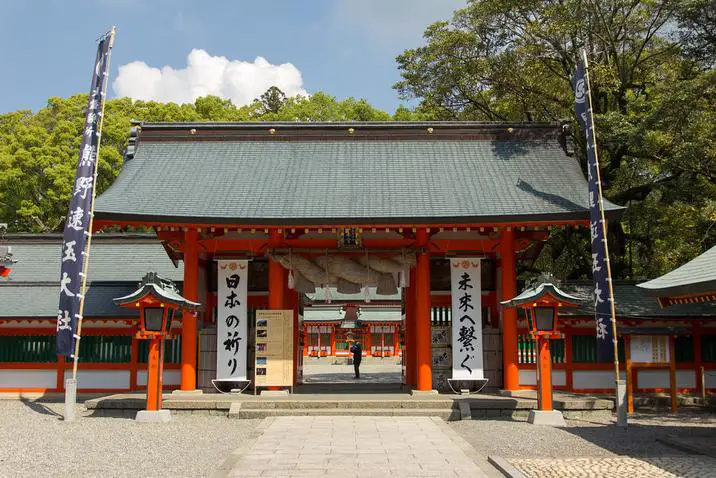
Kumano Hayatama Taisha is a Shinto shrine located in the beautiful and spiritual Kumano region of Japan.
What to see or do: Visitors to Kumano Hayatama Taisha can take in the stunning natural scenery that surrounds the shrine, including the striking Nachi Falls nearby.
The shrine itself is a beautiful example of ancient Japanese architecture, and is surrounded by towering trees and lush greenery.
Don’t miss: One of the highlights of a visit to Kumano Hayatama Taisha is the opportunity to participate in a traditional Japanese purification ritual.
This involves washing your hands at the sacred water fountain, and then walking through a small cave called “Mizugui no Ishidan” which is said to purify the body and soul.
Insider travel tips: If you have the time, consider hiking the Kumano Kodo pilgrimage trail to reach Kumano Hayatama Taisha.
This will allow you to experience the beauty of the Kumano region in a more profound way, and truly appreciate the significance of the shrine in Japanese culture.
Also, be sure to check the shrine’s website before you visit, as there may be traditional festivals or events taking place that you won’t want to miss!
4. Yunomine Onsen
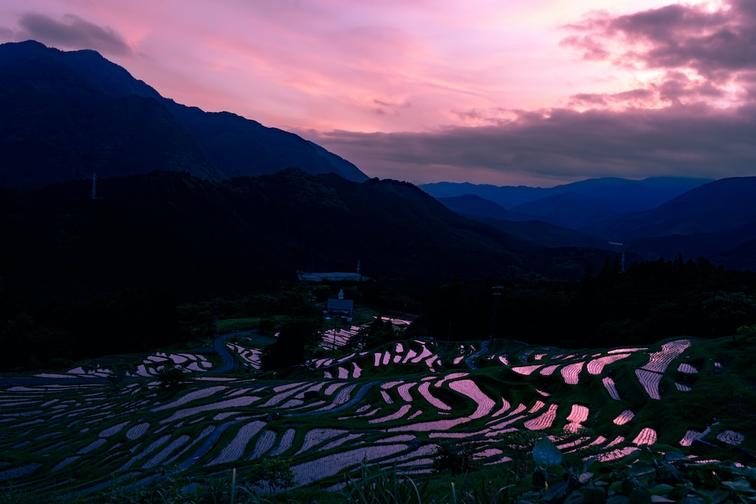
Yunomine Onsen is a traditional hot spring town located in Kumano, Japan that has been designated as a UNESCO World Heritage site.
What to see or do: Visitors can relax in outdoor baths fed directly from the hot springs, explore the charming town streets, and hike in the surrounding mountains.
Don’t miss: The Tsuboyu bath, a UNESCO World Heritage site that is Japan’s only remaining example of a traditional wooden public bathhouse.
Insider travel tips: – Take time to walk around the town and soak in the quaint, traditional atmosphere.
5. Onigajo
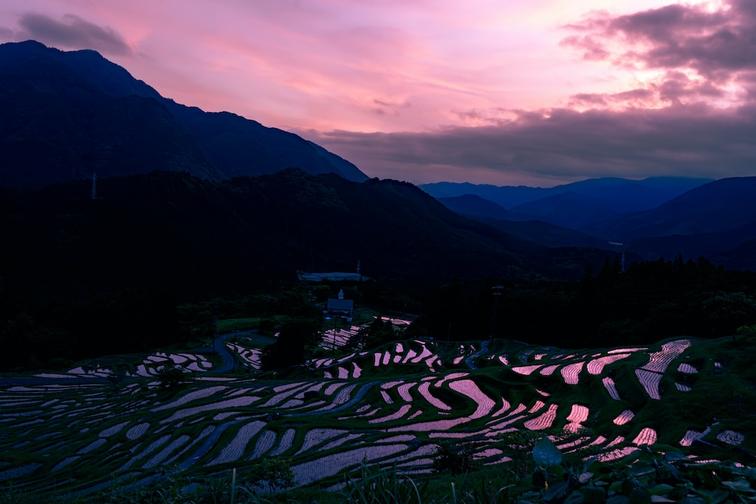
Onigajo is a unique rock formation located in Kumano, Japan.
What to see or do: Visitors can hike to the top of the cliff for stunning views of the Pacific Ocean.
You can also explore the nearby shrines and waterfalls, or take a boat tour to see the rocks from the water.
Don’t miss: Be sure to check out the “Oni’s Footprint”, a natural rock formation that resembles a giant footprint.
Insider travel tips: It’s best to visit Onigajo in the morning or late afternoon when the sunlight creates beautiful shadows on the rocks. Wear comfortable shoes for the hike, and bring a camera to capture the breathtaking views.
There are several shops and restaurants nearby where you can grab a snack or meal.
6. Hananoiwaya Shrine

Hananoiwaya Shrine is a historical Shinto shrine located in the heart of Kumano, Japan. It is one of the three key shrines of the Kumano Hongu Taisha.
What to see or do: Visitors can take a walk through the ancient forests and over the Kumano River to reach the shrine. The tranquil atmosphere and stunning scenery make it the perfect spot for hiking and photography.
Onsite, you can visit the main hall, where you can see a variety of ancient artifacts and cultural treasures.
Don’t miss: While you’re at the shrine, don’t miss the chance to witness the traditional Shinto rituals. The shrine is steeped in history and tradition and offers a glimpse into the ancient religion of Japan.
Insider travel tips: – Plan your visit during one of the traditional festivals held at the shrine, such as the Hananoiwaya Shrine Festival in April.
7. Shingu Fureai Park

Shingu Fureai Park is a sprawling park located in the Kumano region of Japan. It is a popular destination for both locals and tourists alike.
What to see or do: The park offers a variety of activities for visitors to enjoy, including hiking trails, picnic areas, playgrounds, and sports facilities.
One of the park’s main highlights is the Kumano Kodo Nakahechi Museum of Archaeology, which features exhibits and displays on the area’s rich history and culture.
Don’t miss: Be sure to wander through the park’s beautiful Japanese garden, which features a koi pond, traditional tea house, and stunning cherry blossom trees in the spring.
The park also hosts seasonal events and festivals throughout the year, including a fireworks display in the summer.
Insider travel tips: Arrive early in the day to avoid crowds and make the most of your time in the park.
Don’t forget to bring sunscreen and insect repellent, as the park can get quite hot and buggy in the summer months.
If traveling by car, parking is available on-site for a small fee.
8. Onsenji Temple

Onsenji Temple is a serene Buddhist temple located in Kumano, Japan.
What to see or do: Visitors can wander through the temple’s beautiful gardens and admire the scenic views of the surrounding mountains.
The temple’s main hall houses a statue of the Thousand-Armed Kannon, a popular Buddhist deity, and visitors can participate in traditional prayers and offerings.
Don’t miss: Don’t miss the chance to try the temple’s natural hot spring baths, which are said to have healing properties. The baths are situated on a hilltop, offering panoramic views of the surrounding area.
Insider travel tips: The best time to visit Onsenji Temple is during the autumn months when the fall foliage is at its peak.
It’s also recommended to arrive early in the morning to beat the crowds and fully enjoy the peaceful atmosphere of the temple.
Visitors should be respectful when entering the temple and follow traditional etiquette, such as removing their shoes before entering the main hall.
9. Koza-no-yama
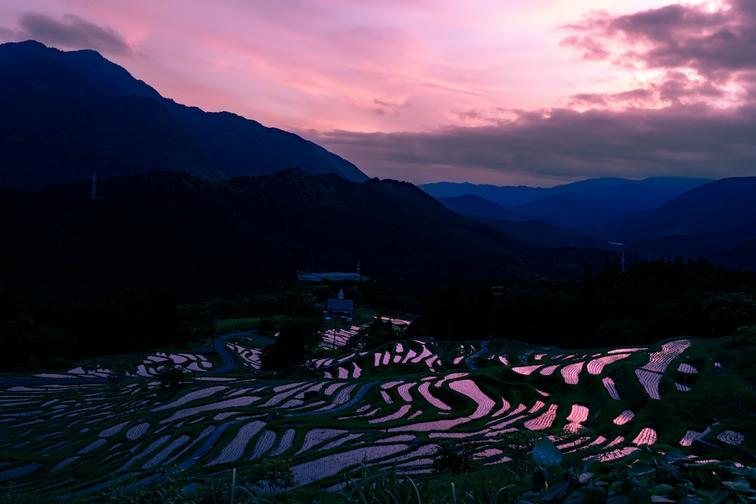
Koza-no-yama is a mountain within the Kumano Kodo pilgrimage trail in the Wakayama prefecture of Japan.
What to see or do: Visitors can hike up to the summit of Koza-no-yama for panoramic views of the surrounding mountains and valleys. Along the way, trekkers will encounter ancient shrines and stone markers that signify important spiritual locations along the Kumano Kodo.
Don’t miss: Do not miss the breathtaking views from the mountain’s summit and the opportunity to witness the traditional Japanese spiritual practices along the Kumano Kodo.
Insider travel tips: Take proper hiking gear such as comfortable shoes and a light jacket, as the weather on the mountain can be unpredictable.
Visitors are advised to bring enough food and water for the entire hike, as there are no convenience stores or restaurants on the mountain.
Additionally, travelers should be respectful of their surroundings, keeping in mind the sacred nature of the Kumano Kodo pilgrimage trail.
10. Kumano Nachi Taisha
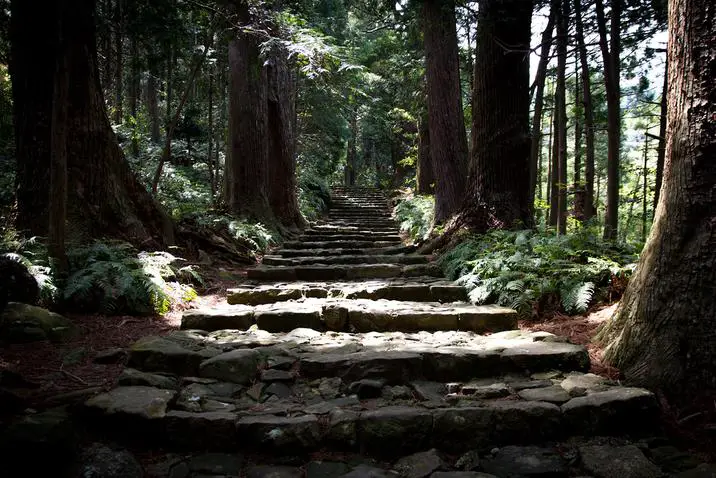
A sacred Shinto shrine located in the Kumano region of Japan.
What to see or do: – Admire the stunning architecture of the shrine’s buildings and gates, which date back to the 12th century.
Don’t miss: – The daily ritual of purifying the body and mind in the waterfall’s cold water, believed to have cleansing properties.
Insider travel tips: – Avoid the crowds by visiting early in the morning or late in the afternoon.
11. Ogamiyama Shrine

Ogamiyama Shrine is a sacred Shinto shrine located in the mountains of Kumano, Japan.
What to see or do: At the shrine, visitors can see the beautiful natural surroundings and experience the peaceful atmosphere. The main hall, or honden, is where the deity is enshrined, and is a popular spot to offer prayers.
You can also see various smaller shrines and statues on the site.
Don’t miss: The path leading up the mountain to the shrine is lined with stone lanterns, and is particularly stunning during autumn when the leaves change color.
There is also a waterfall nearby, called Nachi Falls, which is a must-see if you have time.
Insider travel tips: – Wear comfortable shoes, as the climb can be steep in places.
12. Kawayu Onsen
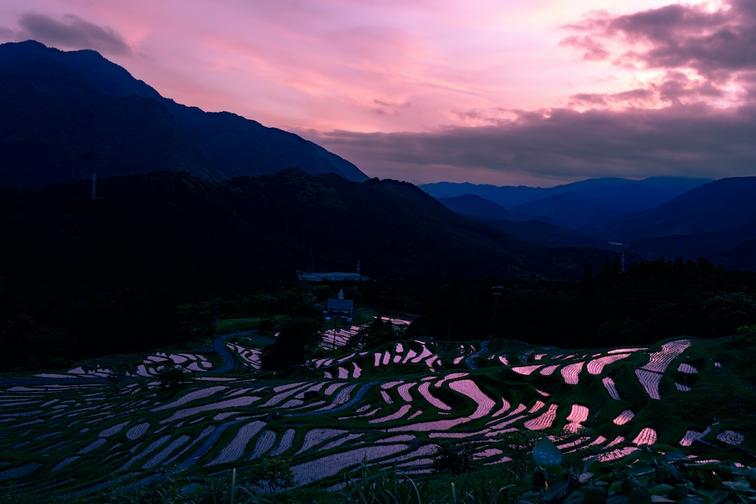
A natural hot spring located in the Kumano region of Japan.
What to see or do: Relax in the healing waters of the hot spring and enjoy the beautiful nature surrounding it. Take a dip in the outdoor baths, surrounded by trees and mountains, and enjoy a traditional Japanese hot spring experience.
Don’t miss: Walk along the nearby Oto River, where you can dig your own hot spring bath in the sand. This unique experience is only available during the winter months when the river water level is low.
Insider travel tips: – Visit during the fall to see the surrounding forests transform into a beautiful display of autumn foliage.
💪 Support independent web, support us: